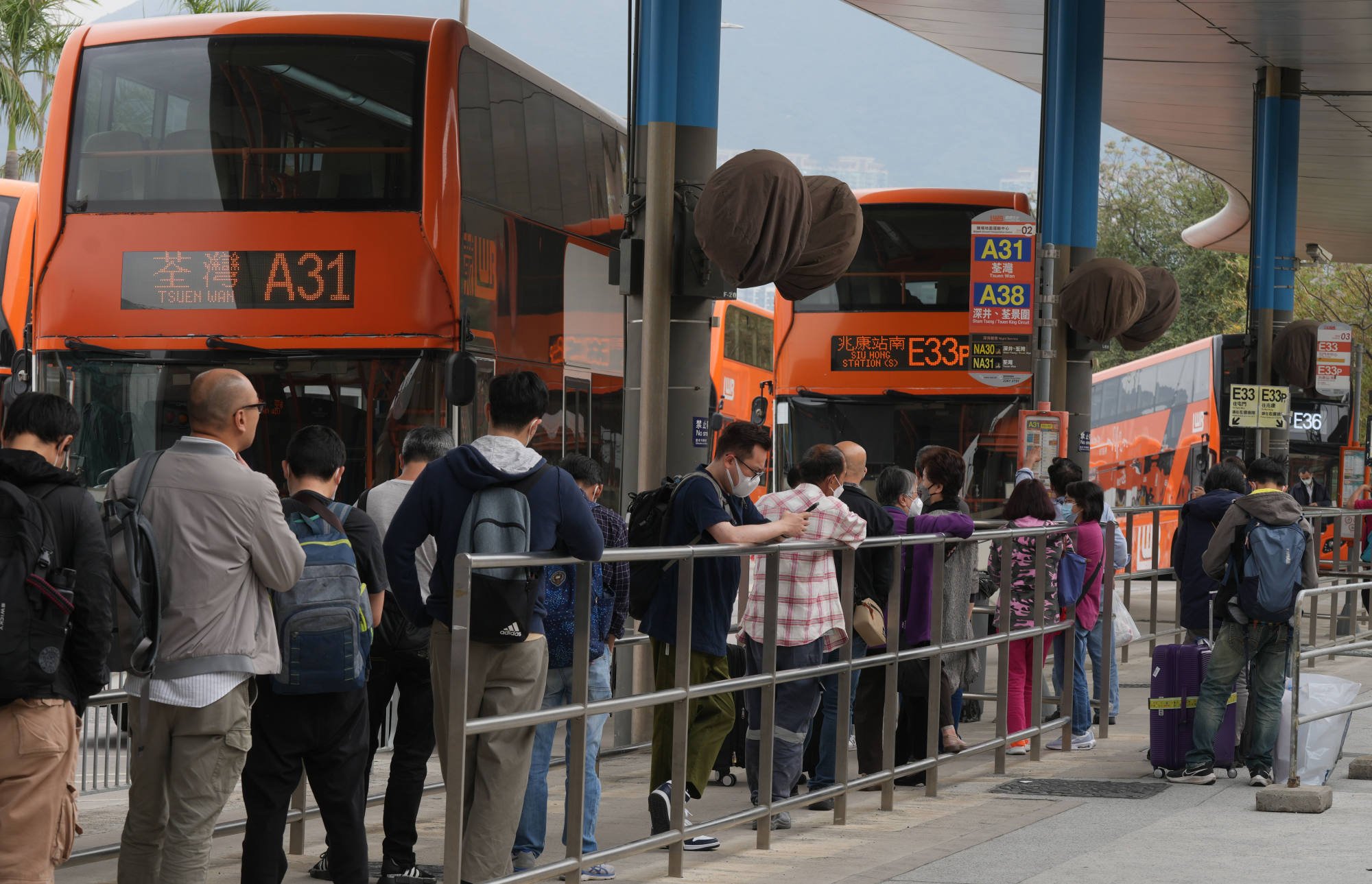
Why is a profitable giant like MTR Corp raising train fares?
- Factoring the rail operator’s property profits into the fare adjustment formula looked like a win for commuters last year
- But when a company with billions in profits is allowed to hike prices in the current economic climate, it leaves the public feeling short-changed
Under the formula, the increase cannot be higher than the year-on-year change in the median monthly household income – which was officially 3.09 per cent for the fourth quarter of 2023. For this year, the total fare hike would have been 5.05 per cent, including a 1.85 per cent increase deferred from last year, but commuters will only have to pay 3.09 per cent more, because of the affordability cap.
The catch, of course, is that the difference will be pushed over to 2025 and 2026. And as with compound interest, the increase will become higher because it will be calculated on a higher fare base.
The fare adjustment mechanism, created with the government-led merger of the MTR Corp and the Kowloon-Canton Railway Corporation, resulted in the first fare increase in June 2010. Since then, MTR fares have gone up nine more times. In theory, an adjustment can be made upwards or downwards. In practice, while there were three years of no fare hike, 2021 was the only year when fares came down, by 1.85 per cent. The largest increase, of 5.4 per cent, came in 2012.

The government has tried to mitigate the situation by reviewing the formula, which takes into account the inflation rate, a wage index for transport workers and a “productivity factor” that is subtracted from the total of the other two factors.
Property and punctuality were MTR successes before the scandals
The MTR Corp must be aware of the current economic conditions just from its balance sheets, and yet, even with annual profits of HK$7.78 billion, it has gone for the biggest fare hike allowed, ignoring its social responsibility as the city’s sole rail company. The MTR Corp doesn’t have a ridership problem, and it seems commuters are expected to just suck it up when it comes to fare increases.
In this instance, the government has fallen somewhat short in looking out for the little guys – the general commuting public. Hong Kong’s “rail plus property” model has worked for decades and is the envy of public transport systems around the world. In continuing to make this business model work for the people the rail network serves, prices must be kept affordable and fair.
Alice Wu is a political consultant and a former associate director of the Asia Pacific Media Network at UCLA


